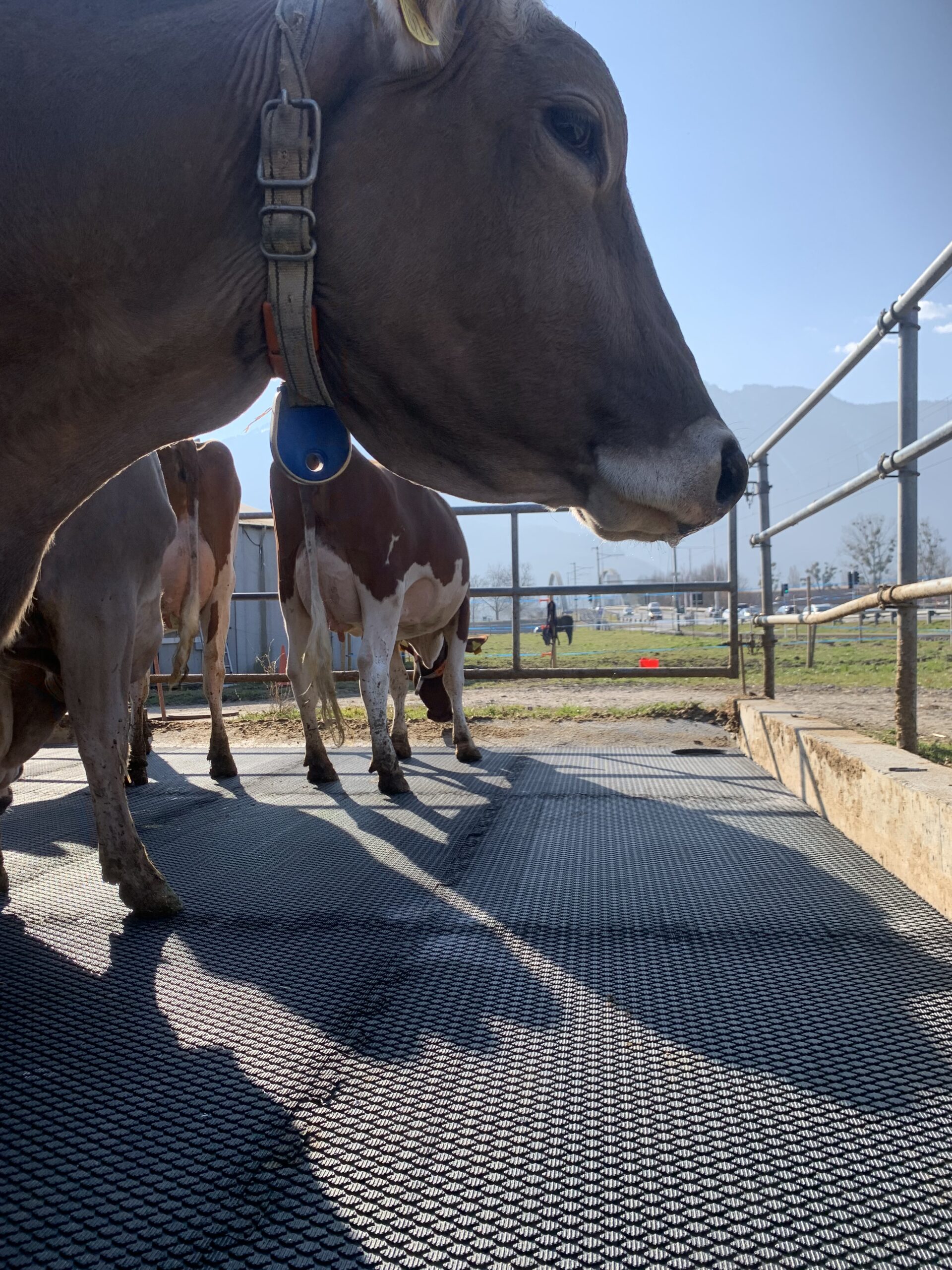The Agriculture Research Institute published a review addressing the economic benefits of improved cow comfort. They noted that the dairy cow appears to have a strong behavioral need for adequate rest. Dairy cattle are highly motivated to lie down for approximately 12 hours per day. Cows with restricted lying time have greater serum cortisol and lower growth hormone concentrations, impaired hoof health and locomotion and sometimes lower milk yield. For every additional hour of resting time a cow achieves, there is a milk response of approximately 3.7 pounds.
Cows will sacrifice feeding in an effort to recoup lost resting time. A clean, dry and comfortable resting place is associated with greater resting time, better health and improved productivity. Softer stalls were associated with higher milk production.
As expected, sand was most preferred but they noted how comparable a foam mattress was to sand. Cows prefer more compressible (i.e. softer) lying surfaces. Changes in stall design and management have been measured by researchers to increase or decrease lying time by as much as three to five hours per day. Bedding type, bedding moisture content, stall width and length, amount of bedding, neckrail placement, maintenance of bedding surface (avoiding “pot holes”), brisket locator use, and stocking density all will significantly influence lying time. Improving the comfort of a stall should improve milk yield, reduce culling rate, lower somatic cell count and improve lameness status of the herd. Lameness results in a loss of at least 5 percent and as much as 36 percent milk annually, greater culling rate and reduced fertility.

